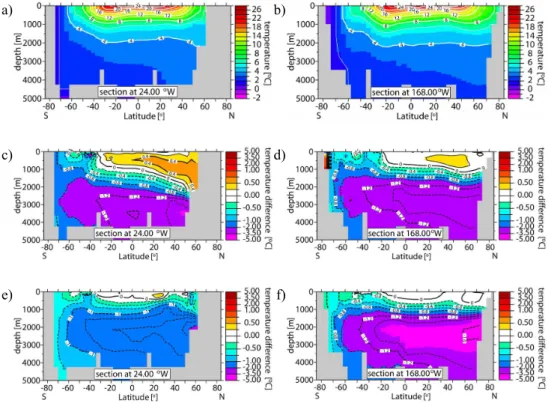Modeling geologically abrupt climate changes in the Miocene
Texto
Imagem




Documentos relacionados
While the changes of summer monsoon over South Asia and south- ern China are mainly controlled by global climate conditions (e.g. warmer sea surface temperature), the summer
W., Solving problems with GCMs: General circulation models and their role in the climate model- ing hierarchy, in General Circulation Model Development: Past, Present and Future,
The ECHAM/MESSy Atmospheric Chemistry (EMAC) model is coupled to the ocean general circulation model MPIOM using the Modular Earth Submodel System (MESSy) interface.. MPIOM is
annual-mean: EXP temperature (top-left) and (EXP-CTRL) temperature di ff erence (top-right), in K (contour intervals are 10 K for the temperature and 0.5 K for the temperature di
First steps towards such a 3D climate-enabled GIS have been made during the execution of the presented project by im- plementing a 3D database that is able to store geometrical
We examine the response of the deep cell in the eastern basin to two types of modifi- cation of the atmospheric forcing, both amounting to a decrease in buoyancy loss: (i) a
A comprehensive atmospheric general circulation model (MIROC-AGCM) including an on-line aerosol component (SPRINTARS), an ocean GCM with sea-ice component (COCO), and a land
A coupled atmospheric chemistry and climate system model was developed using the modal aerosol version of the National Center for Atmospheric Research Community Atmosphere